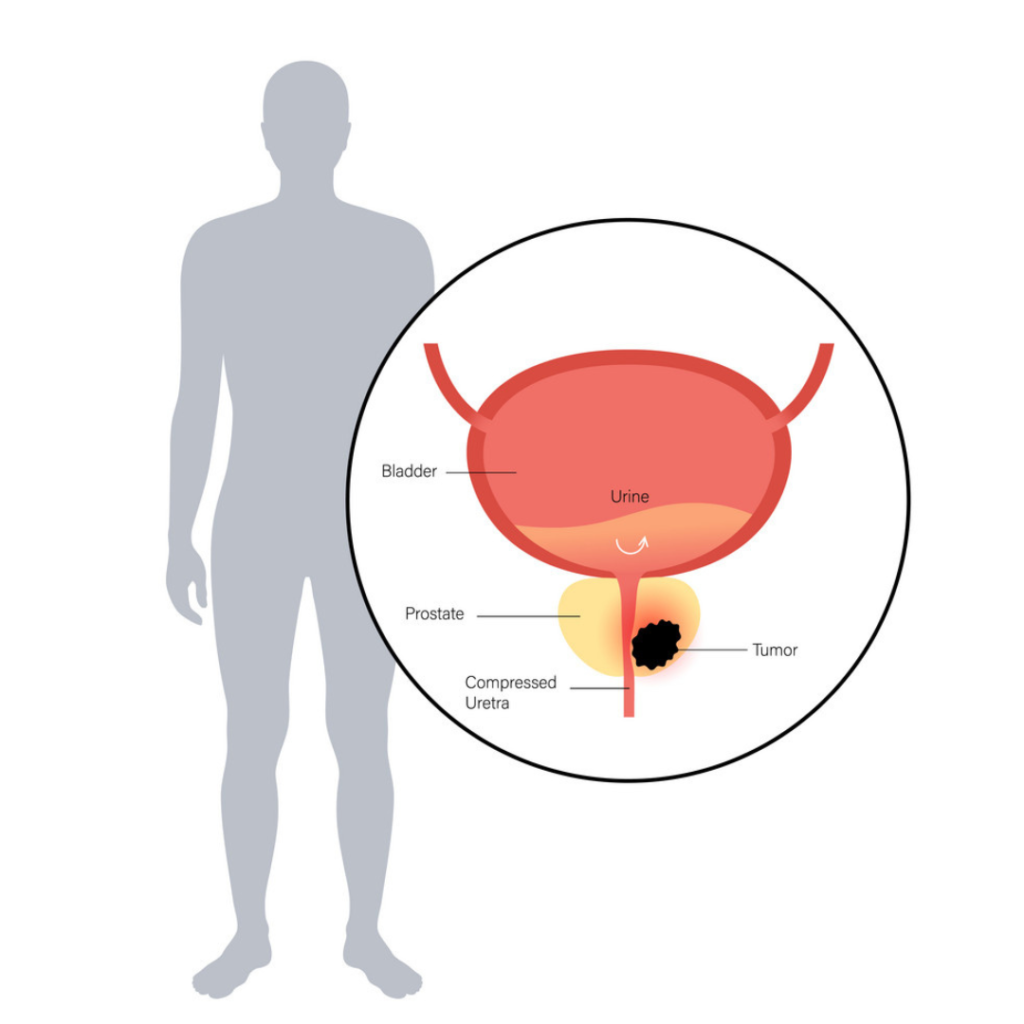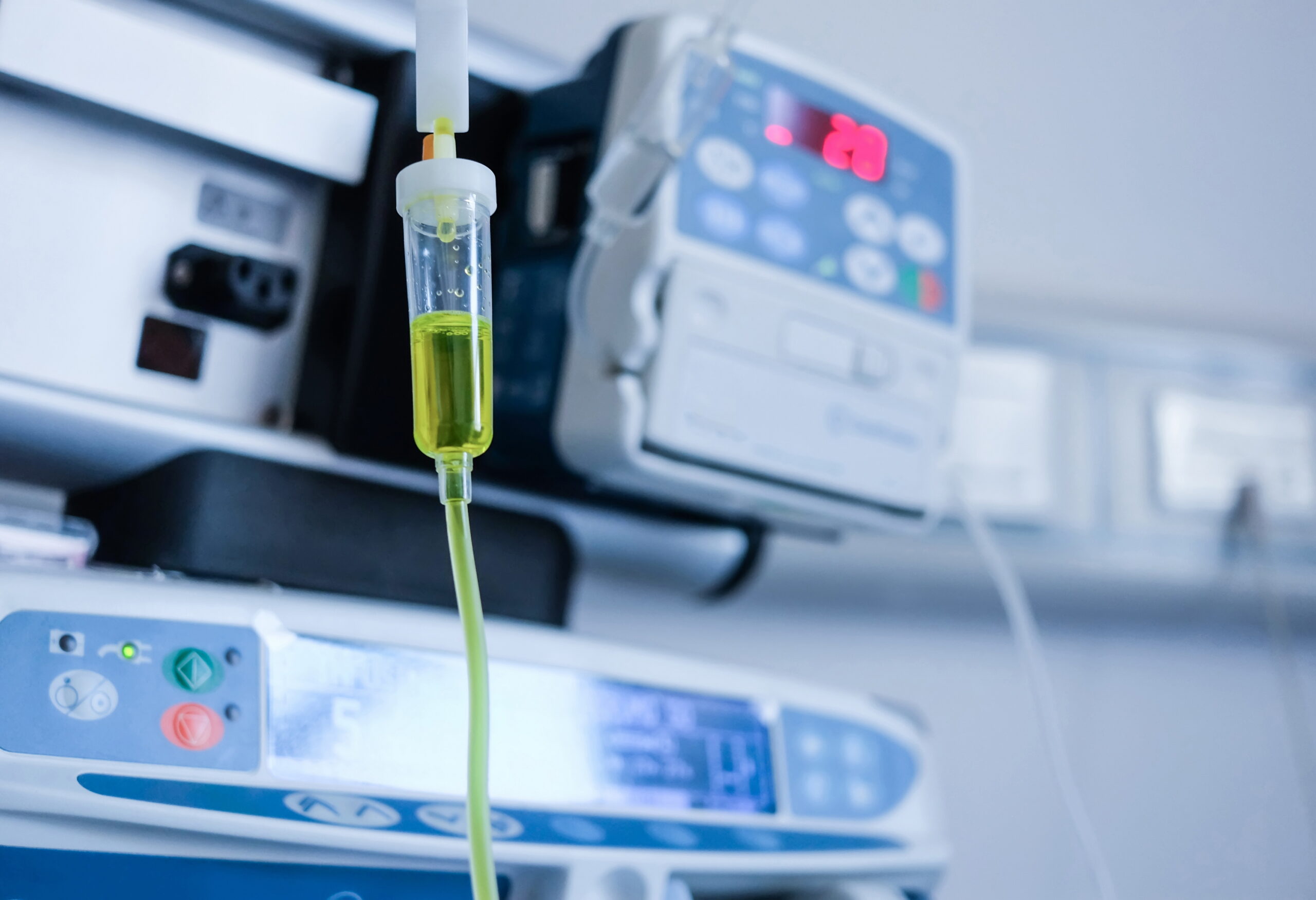
Prostate cancer is a prevalent and potentially life-threatening disease that affects men worldwide. Detecting prostate cancer in its early stages is vital for effective treatment and improved outcomes. By recognizing the signs and symptoms, men can take proactive steps to identify the disease early, enhancing their chances of successful treatment and recovery.
Unlike many other types of cancer, prostate cancer often develops without causing noticeable symptoms in its initial stages. However, as the disease progresses, certain warning signs may emerge. These can include changes in urinary patterns, such as increased frequency, urgency, or difficulty initiating or stopping urination.
Early detection is key, as it allows for timely intervention and better treatment options. In the following sections, we will explore the signs and symptoms of prostate cancer in greater detail, as well as the various screening methods and tests available for early detection. By understanding these crucial aspects, men can be empowered to prioritize their prostate health and seek appropriate medical attention when necessary.
Understanding Prostate Cancer
Before delving into the early detection methods, it’s important to have a basic understanding of prostate cancer. The prostate is a small gland located below the bladder in men. Prostate cancer occurs when cells in the prostate gland grow abnormally and form a malignant tumour. While the exact cause of prostate cancer is unknown, certain risk factors, such as age, family history, and race, can increase the chances of developing this disease.
Signs and Symptoms
Prostate cancer often develops slowly and may not cause noticeable symptoms in its early stages. However, as the disease progresses, certain signs and symptoms may manifest. It’s important for men to be aware of these potential indicators and consult with a healthcare professional if they persist or raise concerns. Here are some common signs and symptoms of prostate cancer:
- Urinary Changes: Prostate cancer can affect the urinary system, leading to various changes in urination. These may include increased frequency, especially during the night (nocturia), urgency, difficulty initiating urination, weak urine flow, and a sensation of incomplete emptying of the bladder.
- Blood in Urine or Semen: In some cases, prostate cancer can cause blood to appear in the urine or semen. This can manifest as pink, red, or brown-coloured urine or blood-streaked semen. It’s important to note that blood in these bodily fluids can also be caused by other non-cancerous conditions, but it should be evaluated by a healthcare professional.
- Erectile Dysfunction: Prostate cancer may contribute to difficulties in achieving or maintaining an erection, known as erectile dysfunction (ED). While ED can have various causes, including non-cancerous factors, persistent or worsening ED should be discussed with a healthcare provider.
- Pelvic Pain or Discomfort: Some men with prostate cancer may experience pain or discomfort in the pelvic area, lower back, hips, or thighs. This pain can be mild or severe and may worsen over time.
It is important to remember that these symptoms are not exclusive to prostate cancer and can be caused by other non-cancerous conditions as well. However, if any of these signs persist or cause concern, it is essential to consult with a healthcare professional for further evaluation.
Screening Methods
Prostate cancer screening involves tests and examinations that aim to detect the presence of prostate cancer in individuals who do not show any symptoms. Early detection through screening plays a crucial role in improving treatment outcomes. Here are the primary screening methods for prostate cancer:
- Prostate-Specific Antigen (PSA) Test: The PSA test measures the level of prostate-specific antigen, a protein produced by the prostate gland, in the blood. The test involves a simple blood draw. Elevated PSA levels can indicate various prostate conditions, including prostate cancer. However, it’s important to note that PSA levels can also be elevated due to non-cancerous conditions, such as prostate enlargement (benign prostatic hyperplasia) or inflammation (prostatitis). Further diagnostic tests may be necessary to confirm the presence of cancer.
- Digital Rectal Exam (DRE): During a DRE, a healthcare professional inserts a gloved, lubricated finger into the rectum to feel the prostate gland for any abnormalities. The exam allows the doctor to assess the size, shape, and texture of the prostate. Although the DRE is not a definitive test for prostate cancer, it can help identify irregularities or suspicious areas that may require further investigation.
- Prostate Imaging: Advanced imaging techniques, such as magnetic resonance imaging (MRI), may be used to visualize the prostate gland and surrounding tissues. MRI can provide detailed images and help identify any suspicious areas that may require further evaluation, such as a biopsy. Multiparametric MRI (mpMRI) combines different types of MRI scans to enhance the accuracy of detecting prostate cancer.
- Prostate Biopsy: A prostate biopsy is often recommended when other screening methods indicate the possibility of prostate cancer. During a biopsy, small tissue samples are collected from the prostate gland using a thin needle guided by ultrasound or MRI imaging. These tissue samples are then examined under a microscope to determine if cancer cells are present.
It’s important to note that not all men will require the same screening approach. The decision to undergo prostate cancer screening should be made based on an individual’s risk factors, age, overall health, and personal preferences. It is recommended that men discuss the benefits and potential risks of screening with their healthcare provider to make an informed decision.
Screening has its limitations. False-positive results (indicating cancer when none is present) and false-negative results (missing cancer that is present) can occur. Additionally, some prostate cancers may be slow-growing and not pose a significant risk, leading to potential overdiagnosis and overtreatment. It is essential to consider these factors and discuss the results with a healthcare professional to determine the appropriate course of action.
Regular communication with a healthcare provider, adherence to recommended screening guidelines, and being aware of any changes in urinary patterns or other potential symptoms are key to detecting prostate cancer at an early stage. Early detection offers the best chance for successful treatment and improved outcomes.
Early Detection Strategies
In addition to routine screening methods, there are several strategies individuals can adopt to enhance the early detection of prostate cancer. These strategies involve proactive measures and lifestyle choices that can contribute to the identification of potential issues at an early stage. Here are some key early-detection strategies for prostate cancer:
- Maintain Regular Check-ups: Regular visits to a healthcare professional are essential for monitoring overall health, including prostate health. Discussing family history, personal risk factors, and any concerning symptoms with a healthcare provider allows for a more informed assessment of the individual’s prostate cancer risk.
- Be Aware of Family History: Prostate cancer can have a genetic component, with a higher risk among individuals who have a family history of the disease. If there is a history of cancer in the family, it is important to inform healthcare providers to determine the need for earlier or more frequent screenings.
- Know the Risk Factors: Understanding the risk factors associated with prostate cancer can help individuals assess their own risk. Age is a significant risk factor, with the likelihood of developing prostate cancer increases after the age of 50. Other factors include race (African-American men have a higher risk) and certain genetic mutations. By knowing these risk factors, individuals can be more proactive in discussing appropriate screening strategies with healthcare providers.
- Healthy Lifestyle Choices: Adopting a healthy lifestyle can have a positive impact on overall health and potentially reduce the risk of prostate cancer. This includes maintaining a balanced diet rich in fruits, vegetables, whole grains, and lean proteins. Regular exercise, maintaining a healthy weight, and avoiding tobacco and excessive alcohol consumption are also important lifestyle choices that can contribute to overall well-being and potentially reduce the risk of developing prostate cancer.
- Stay Informed: Keeping up-to-date with the latest information on prostate cancer and its detection methods is crucial. Awareness of advancements in screening techniques, diagnostic tools, and treatment options can empower individuals to make informed decisions regarding their prostate health.
- Regular Communication: Open and regular communication with a healthcare professional is vital. Individuals should discuss any changes in urinary patterns, sexual function, or other potential symptoms with their healthcare provider. Prompt reporting and follow-up on concerning symptoms can lead to earlier detection and timely intervention if necessary.
Remember, early detection of prostate cancer significantly increases the chances of successful treatment and improved outcomes. While these strategies can contribute to early detection, it’s important to consult with a healthcare professional for personalized guidance based on individual risk factors and medical history.
Conclusion
Detecting prostate cancer in its early stages significantly improves treatment outcomes and increases the chances of a full recovery. By being aware of the signs and symptoms of prostate cancer, understanding the available screening methods, and adopting healthy lifestyle choices, men can take proactive steps to detect the disease early. Remember, early detection saves lives. If you experience any persistent symptoms or have concerns about prostate cancer, consult with your healthcare professional for a thorough evaluation. Stay informed, stay proactive, and take charge of your prostate health.
Dr. Sumit Sharma is an experienced urologist, andrologist, and kidney transplant surgeon with over 20 years of clinical experience. He is the founder of the Department of Urology at multiple hospitals in Gurgaon and has established successful kidney transplant programs across the city.



